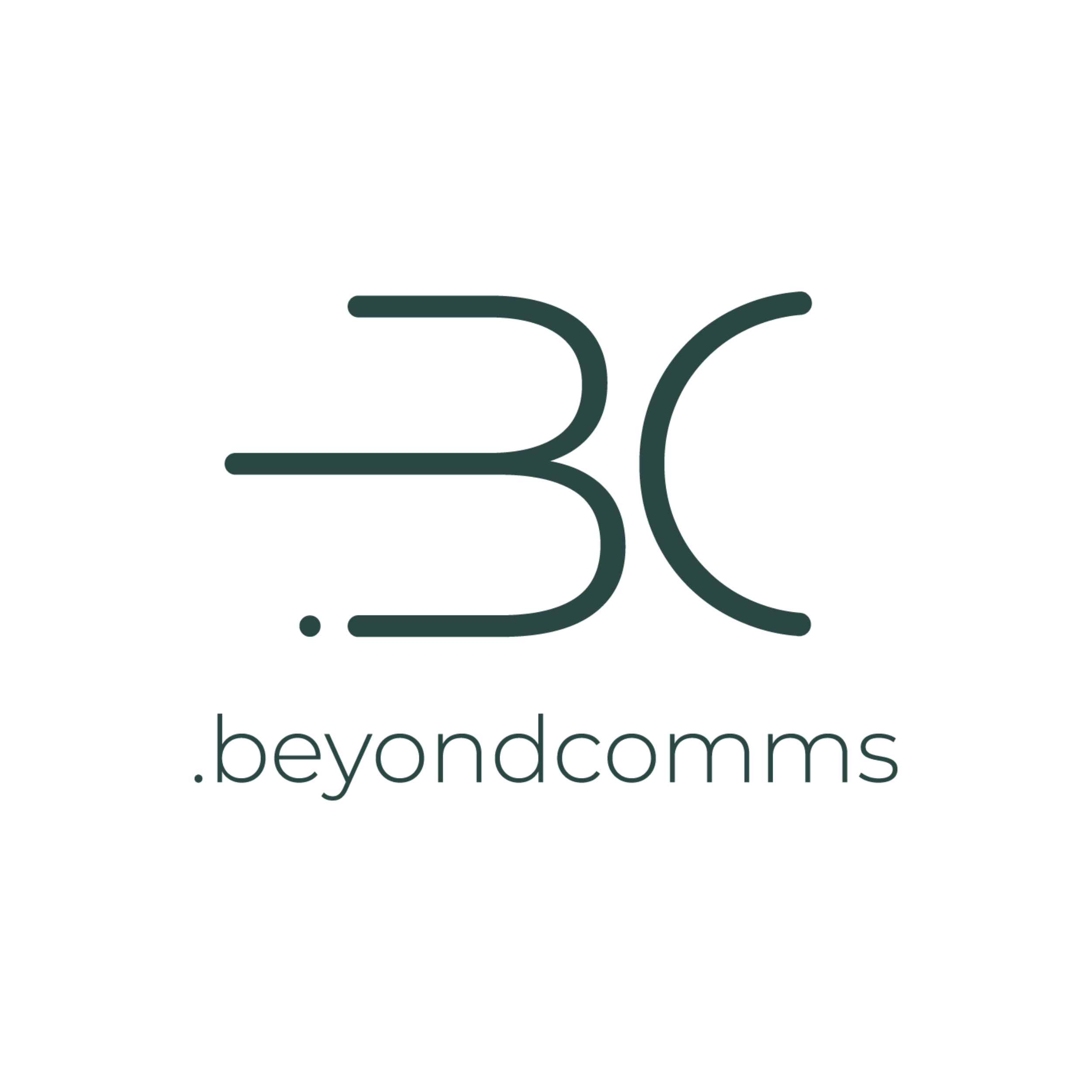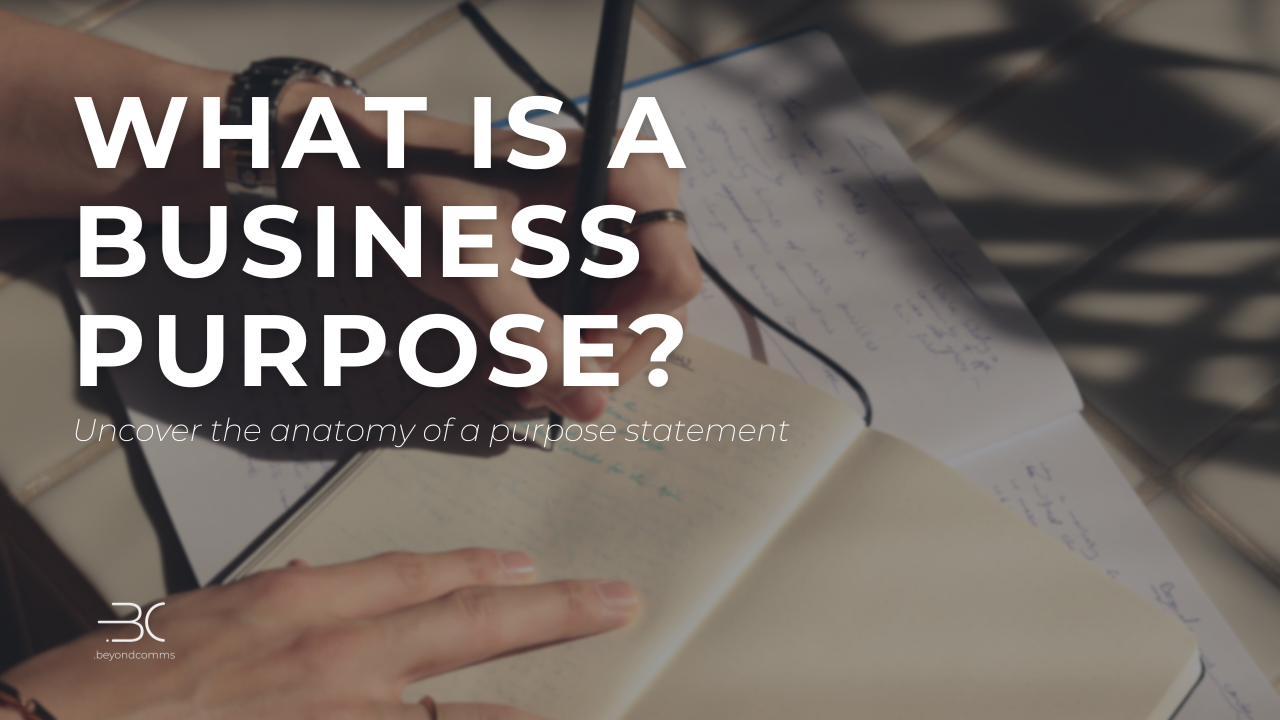“Those who have a why to live can bear almost any how” – Friedrich Nietzsche
Whether it is a fully articulated statement or an amorphous feeling that pulls us into a direction, we know that purpose increases our quality of life, mood and drive. Businesses are organisms, influenced by various inputs, stakeholders, and mechanics. A purpose can align and motivate teams, customers, and shareholders to move the company toward a unified goal. How can we define purpose for a company? Let’s dive into this question with some steps to construct your business purpose statement at the end.
What is Purpose on an Individual Level?
There are a number of definitions when it comes to defining purpose for an individual. Cambridge Dictionary defines it as “the reason for doing something or the reason that something exists” (Cambridge). Craig and Snook define purpose as a combination of how you do things and why you do them (HBR, 2014). Psychologists at Templeton have defined purpose as a constellation of three characteristics: “1) a purpose is a long-term or far-horizon aim; 2) it is personally meaningful; 3) it is inspired at least in part to make a difference in the world beyond the self”. There is a wealth of research that looks at the impact of purpose on our health and longevity. Famously, Viktor Frankl outlined the importance of purpose in his book “Man’s Search for Meaning” when writing about how he and others survived the horrors of concentration camps.
There is no denying that purpose has become a firm category in research and our lives. Each definition offers a different approach toward finding your purpose. Let’s celebrate the variety because each individual might resonate with a different definition, finding meaning in various approaches.
Let’s get down to business purpose
With such importance placed on finding your individual purpose, the leap toward applying similar principles to companies is not hard to make. In 2014, purpose was a big buzzword with a number of articles published and a big focus on topics surrounding ‘leading with purpose’ and ‘businesses with purpose’. If Google Trends is any indication, we can see that, in fact, the question of what purpose is has steadily risen in popularity with a spike around Covid. This is very much reflected in Michael Ventura’s discourse and thinking around prioritizing purpose as well.
The idea of a purpose-driven business has been around for a long time. Simon Sinek’s TED Talk “How Great Leaders Inspire Action” from September 2009 has been one of the most widely quoted and influential contributions on popularizing the idea that a ‘Why’ is crucial in creating inspiring businesses and companies that customers can connect with.
So how do we define purpose in a business setting?
Some management consultants will define purpose as a compass. A central idea that gives direction to everything the business does. It’s a good start but in our opinion not inspiring enough to actually take action. Others will define a purpose as a north star. A light far in the distance that the business walks toward. Something that you will never really reach but can continue to aspire to. A different approach á la Simon Sinek would be to find your why.
At .beyondcomms, we have worked across a few different industries with different founders and realized that each approach has its own merit if applied in the right context. We found inspiration in the psychological definition for an overarching definition that offers different entry points. Therefore, the definition of business purpose that we propose is a combination of three aspects: 1) a star that guides its followers in a collective direction; 2) a well, that serves as a source of inspiration and nourishment for those who come to it; 3) a thread that guides action.
In short, a purpose is the radiating core of the business that inspires others to act toward an aim that is larger than the company itself.
How do you build a purpose statement?
While we won’t get into the whole process of defining your business purpose here, we will give you the anatomy of our clients’ purpose statements as a formula of sorts that you can apply to your own business.
Why are you in this world? = Action + Impact (+ Vessel)
We’re using Sinek’s central framing of the ‘why’ as a starting point for this. The why is then combined of an action that you aim to undertake with your purpose. Usually this will take the form of active verbs, followed by the type of impact you want to have. The latter can either be a general group of people (your intended target market) or an overarching topic or theme (e.g. sustainability) that your purpose focuses on.
Let’s solve this based on the example of .beyondcomms’ purpose:
Create and inspire impact-driven businesses through the power of purpose = Create and inspire (action) + impact-driven businesses (impact) + the power of purpose (vessel)
Here are a few tips to keep in mind when creating your purpose statement:
- Make your statement grand and aspirational
- Keep it short and succinct
- If you were to tell the statement to someone, would they be able to associate your company with it?
- Read your statement out loud – does it resonate?
The last element you shouldn’t underestimate is your emotional reaction to your statement. If no hairs are standing up or at least some kind of tingly feeling when you read it out loud, then you probably haven’t hit your why just yet. In case, feelings aren’t your ‘thing’, test out your business purpose on your team or friends. How do they react? If their eyes widen with wonder and you receive a wave of agreement, then you might have just found your business purpose. A word of caution though! When it comes to your business purpose, don’t rely on the reaction of your friends or your target market to validate it. Your purpose has to work from the inside out, not the other way around.

